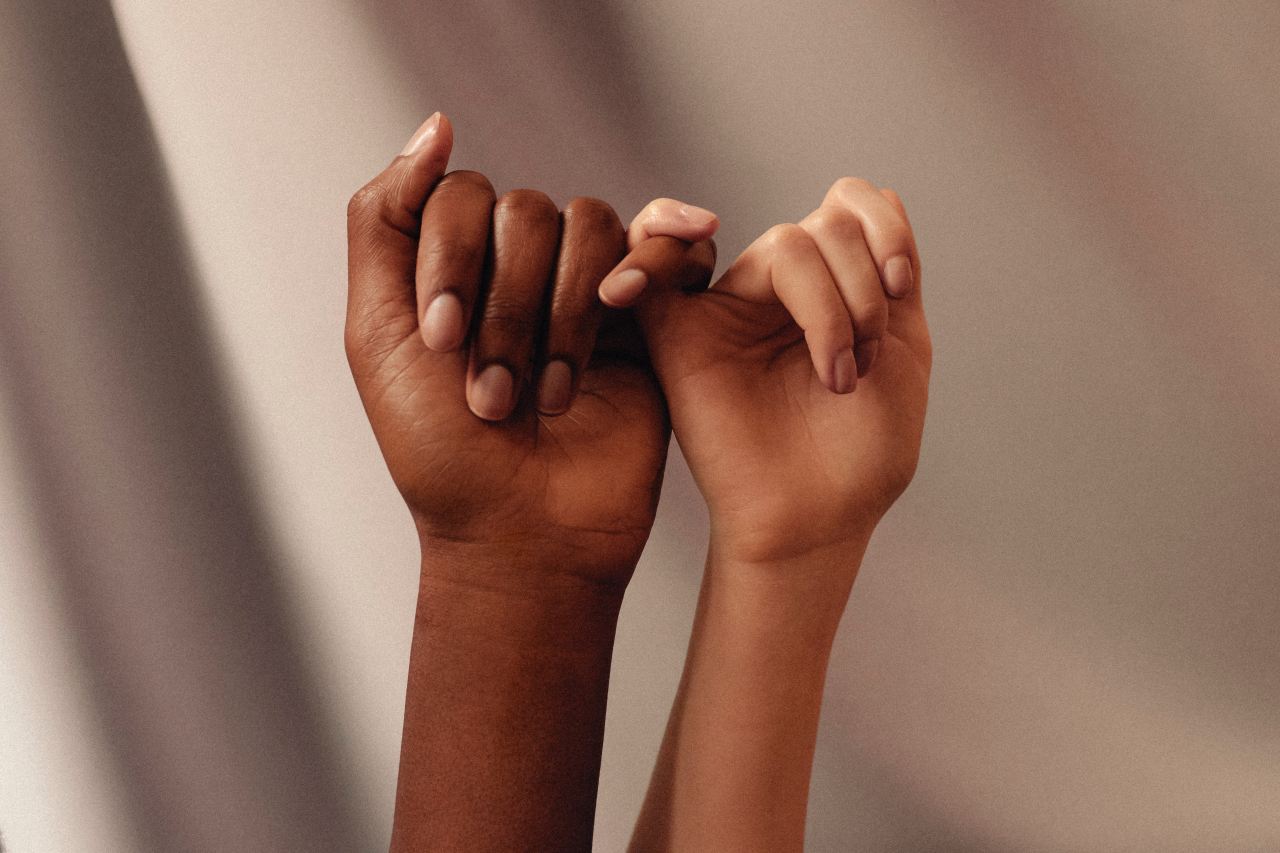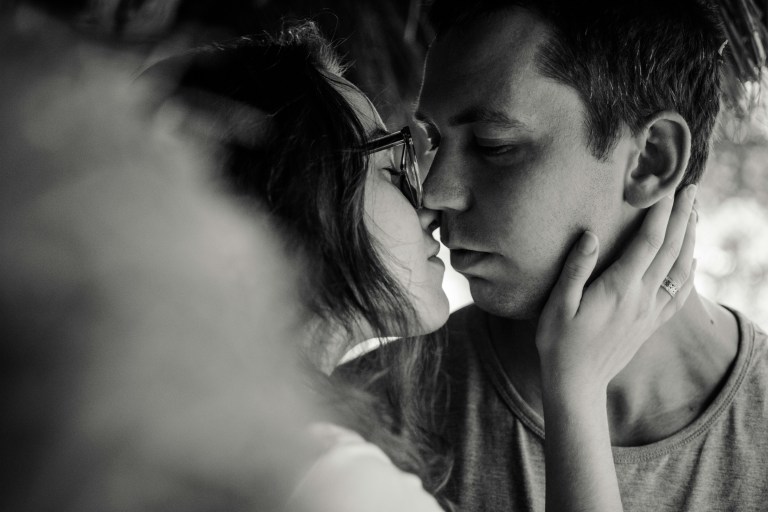
6 Things I Wish Everybody Knew About Being an HIV+ Woman
By Leigh Owens
In 2016, at 45 years of age, I was diagnosed with HIV/AIDS. Over the past seven years, I have dedicated much of my life to educating the masses through my social media about what HIV is today. My social media presence, as well as my own personal journey with HIV, has given me valuable insight into facts about the lives of HIV+ women that I wish more people knew.
1. We can have HIV negative babies.
Yes! That’s the absolute truth! HIV+ Women don’t pose a threat to their unborn babies when they are on treatment. In the United States, we’ve routinely tested pregnant women for HIV since 1995. Should a woman test positive during her pregnancy or start a pregnancy knowing her HIV+ status, medication is available that keeps babies free from any transmission risk.
2. We can breastfeed.
The guidelines for breastfeeding in the United States have recently been updated to state: “The risk of HIV transmission while breastfeeding is less than 1% (but not zero) for PWH on antiretroviral therapy (ART) with sustained undetectable viral load through pregnancy and postpartum.”
The choice to breastfeed should be supported by all healthcare workers. Until these guidelines were introduced this year, a mother’s choice to breastfeed in the United States, even with a risk of less than a percent, has put HIV+ mothers at risk of losing their children to the state. Reporting HIV+ mothers who chose to safely breastfeed is now considered inappropriate.
3. There aren’t a lot of us.
In the U.S., the number of HIV+ women comprises a small portion of who is annually diagnosed with HIV. Roughly 70% of new cases are M2M (men who have sex with men).
In 2019, there were 34,800 new cases of HIV in the U.S., roughly 19% were women who contracted HIV from men (not women). There are no cases of F2F HIV transmission. We are talking roughly 6,500 women annually in the U.S., in mind, there are 300 million people living in the U.S. Finding local support with other women is nearly impossible. Women report to me that “it’s always a room full of gay men” and they feel invisible. This is one reason I chose to speak out publicly about my diagnosis because I couldn’t relate to anyone I saw on YouTube, and there were no local support groups for women. It’s an incredibly lonely diagnosis in general, but even more so for women.
4. It’s not always clear who we primarily get it from.
Women in the U.S. primarily get HIV from men who have sex with men or men who share needles for drugs. What I see in advocacy repeatedly is that women report finding that their infections came from men who led secret sexual lives with other men. This is referred to as the DL or the “down-low.” It’s a culturally accepted term that even appears on Grinder as an option. Since this practice is secretive in nature, it puts women involved with DL men at higher risk of contracting HIV without their knowledge.
5. Higher risk of abuse.
HIV+ women are at a significantly higher risk of physical, emotional and psychological abuse. We’re told we’re damaged goods, we’re diseased, we deserve it, no one else will love us and that we should die. Already being vulnerable to abuse in our society, we now face further injustice in our interpersonal lives with this diagnosis.
6. Misdiagnosis is rampant.
Since our numbers in the U.S. are much lower for new infections overall, we are often misdiagnosed along the way, which can lead to a late stage diagnosis or AIDS. This was my experience. I didn’t “fit the mold,” HIV had never crossed their minds or mine for that matter. In their defense, my symptoms weren’t alarming as they cropped up here and there, nothing pointed to HIV exactly. It wasn’t until I became gravely ill that more tests were done and my diagnosis was discovered. I had HIV for three years before it turned into an AIDS diagnosis meaning I had a CD4 count of 84 (>200 = AIDS) and I had an AIDS defining illness (PCP pneumonia). Since I was able to find the source of my infection (after diagnosis) all of the pieces and timelines came together as a result.
In 2023, the world is still not educated on what it is to live with HIV today. We can live long healthy lives, and have zero risk of transmitting the virus to our sexual partners because of our treatment. It’s the stigma that still adversely affects our love lives, our friendships, our relationships with relatives, our employment and our ability to access healthcare without judgment.











